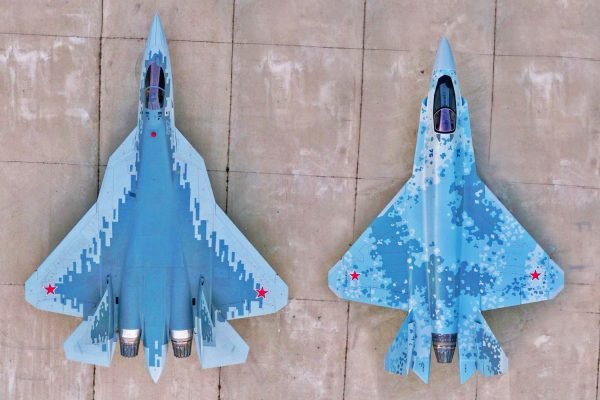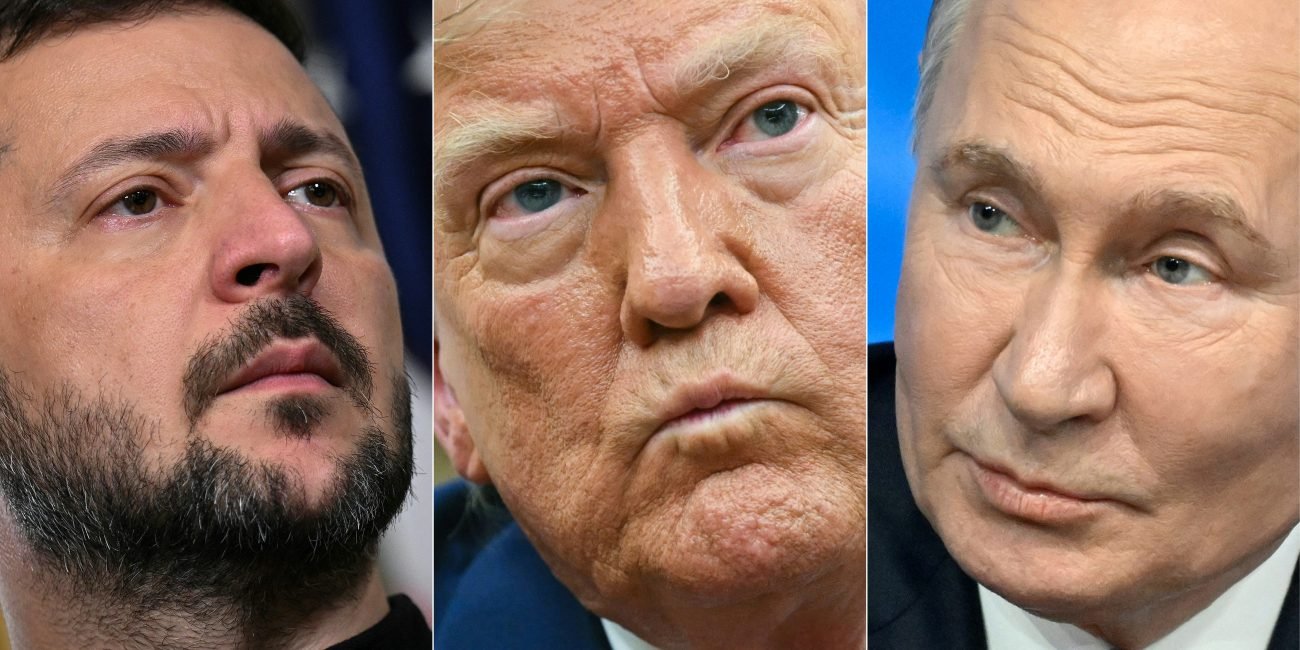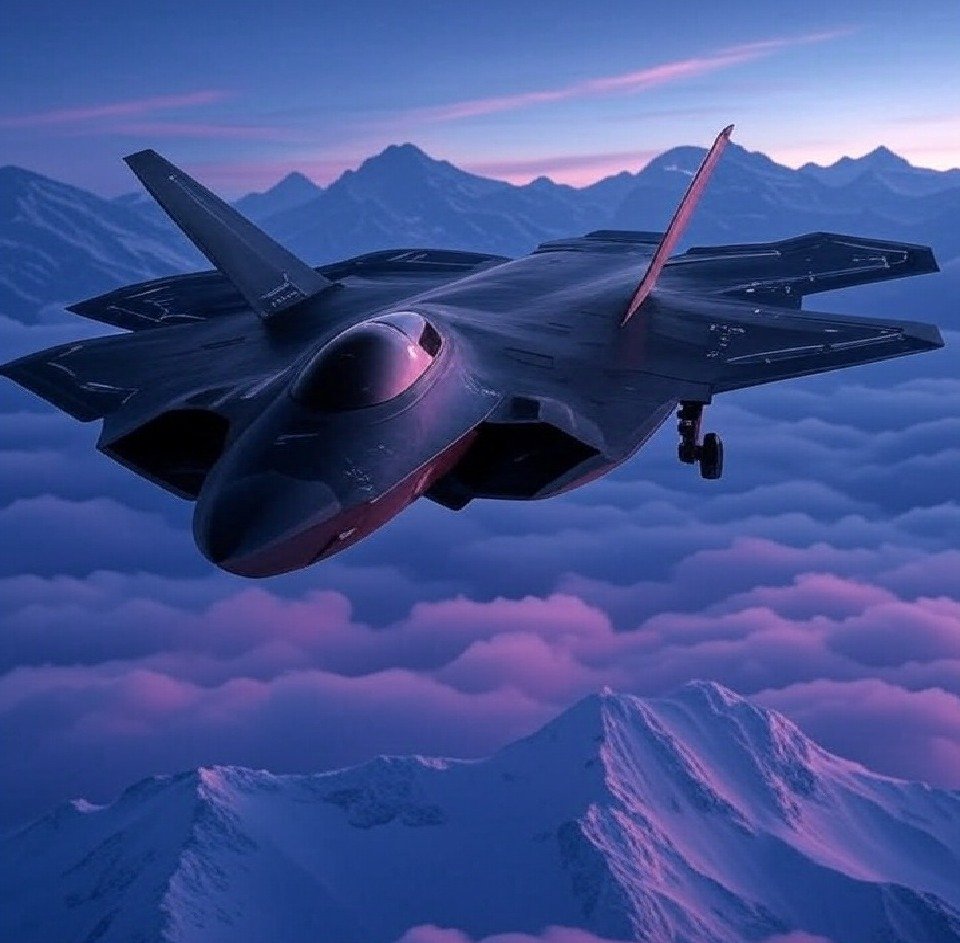Russian state aircraft manufacturer has said that the country’s fifth-generation stealth aircraft—the Su-75 Checkmate—is now in advanced stages of development and expressed confidence in the aircraft’s export potential.
Sergey Korotkov, Deputy General Director of the United Aircraft Corporation (UAC), a division of the state-owned arms manufacturer Rostec, said that the fifth-generation Su-75 Checkmate light single-engine fighter units are now at a high stage of development, Russia’s state-owned TASS News Agency reported.
Korotkov said, “There are customers among foreign partners that are considering the purchase of fighters in this class. The corporation is still engaged in the development of the aircraft, and the market, in our opinion, is in demand for such equipment. We demonstrated the prototype. But the units are at a good stage of development.”
The Su-75 Checkmate is a fifth-generation light tactical single-engine stealth aircraft developed by PJSC Sukhoi Company (part of Rostec’s UAC). It was first unveiled at the MAKS-2021 Air Show in Russia and made its international debut at the Dubai Airshow 2021 in the United Arab Emirates (UAE).
Korotkov’s latest remarks come days after Russia’s state arms exporter, Rosoboronexport, announced that it had bagged the first export contract for its fifth-generation stealth aircraft, the Su-57 Felon.
The announcement took the internet by storm since it came after a long, sustained campaign to promote the aircraft amid production-related woes that discouraged any potential buyers.
Like the Su-57, the new Su-75 has also been marred by delays. While the aircraft’s design began in early 2020, it has been hit by a slew of issues, including international sanctions imposed in the wake of Ukraine’s invasion, the absence of any external funding for the aircraft, and no country showing interest in buying it. The Ukraine war has ostensibly forced Moscow to divert resources and focus on urgent military needs, in turn slowing the development of sophisticated platforms like the Su-75.
As per the initial plan, the aircraft was expected to make its first flight in 2023, which was later pushed to 2024 and then eventually to 2025. In November 2023, it was announced that the groundwork for manufacturing the Su-75 ‘Checkmate’ stealth fighter aircraft had been initiated.
Though Russia sporadically asserts that the project is progressing well, skeptics say it is unlikely that the country will be able to fly its first prototype by 2025. Nonetheless, it remains to be seen whether the assertion that the aircraft is now in the advanced stages of development would signal a shift in that position.
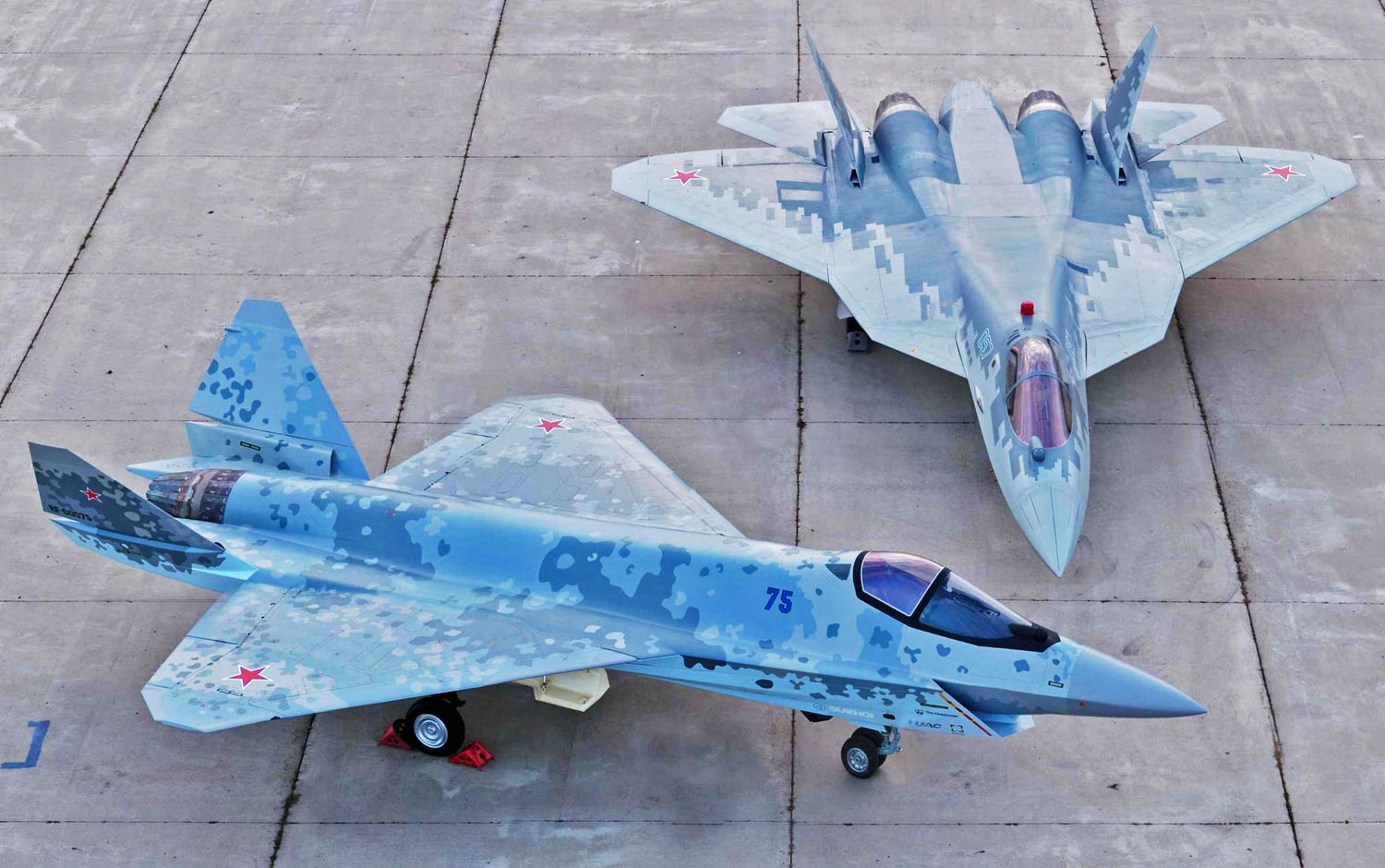
The Hunt For Partners
Moscow has strategically positioned the Checkmate aircraft for export, even though the international response has been, at best, lukewarm. In February this year, the UAC presented a mock-up of the aircraft at the international arms exhibition World Defence Show 2024 in Saudi Arabia, which was seen as an attempt to target the Middle East export market.
Moreover, Russia called on the Arab countries to engage in joint development of a new fighter jet using the Su-75 Checkmate light tactical aircraft platform. The proposition led military analysts to surmise that Moscow sought partners to finance and eventually acquire the fighter.
At the time, Alexander Mikheev, General Director of Rosoboronexport, emphasized Checkmate’s open architecture’s adaptability and its potential for joint ventures in cutting-edge aviation projects specifically tailored for the Middle East.
As per previous reports, Moscow was specifically eyeing the UAE as a collaborator on the Checkmate program, and a partnership agreement was allegedly being discussed. However, no deal was finalized.
Besides the UAE, India is also being targeted. In early 2023, Moscow attempted to engage India in discussions about potential collaboration on the Su-75 development program at the Aero India 2023 International Air Show, years after New Delhi walked out of the Su-57 fighter development over issues concerning the transfer of technology and design specifications of the aircraft.
However, New Delhi preferred a ‘wait and watch’ policy.
According to some reports which EurAsian Times cannot verify, Russia has offered technology transfer and the establishment of an exclusive production line in India, stressing that it would also allow the country to cater to export markets.
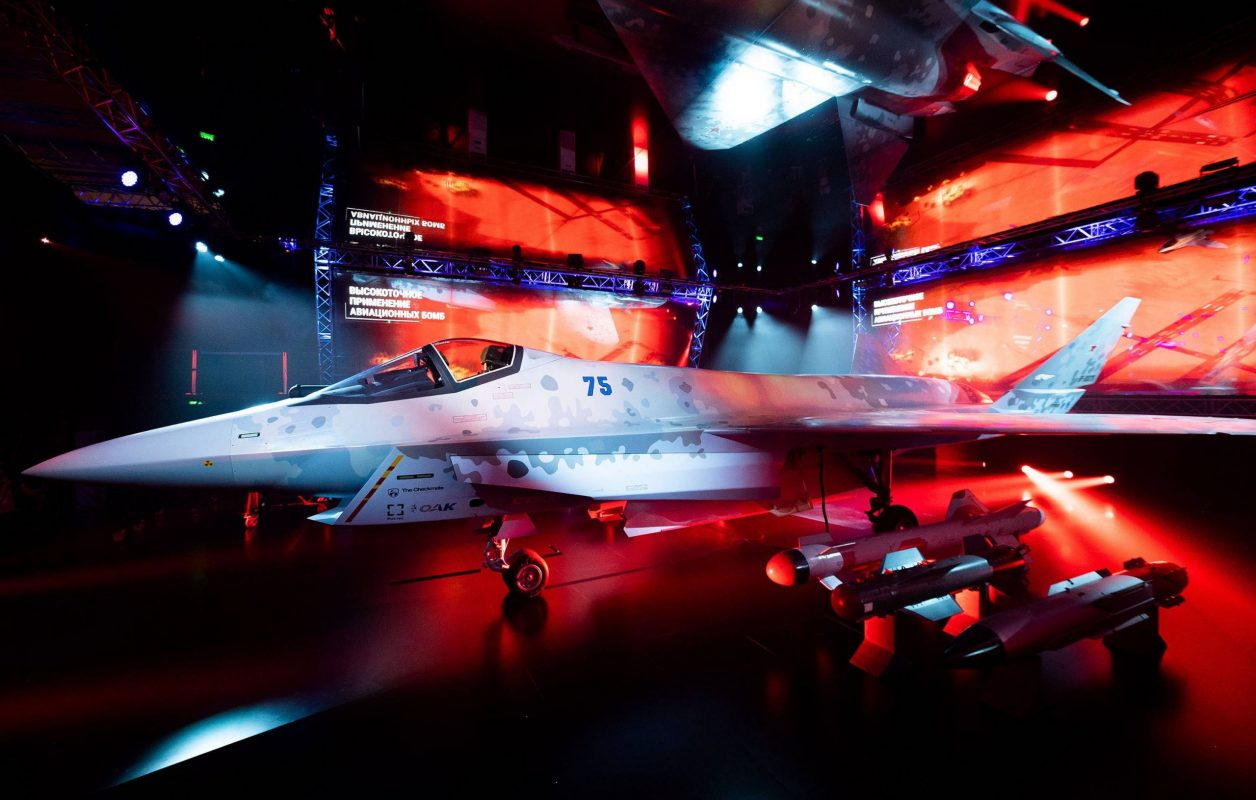
Since none of the countries Russia has approached for Su-75 export and development explicitly indicated an interest in the aircraft, the Western analysts were quick to mock Moscow.
In January 2022, John V. Parachini, a senior international defense researcher and former director of the RAND Research Institute’s Intelligence Policy Center, expressed skepticism about Checkmate’s viability, labeling it “vaporware marketing.”
However, despite all the mocking and criticism, Russia is deftly playing its hand. In February this year, it stated that it was ready to slash the prices of Su-75 fighters as per “feedback received” from allies—another attempt at attracting co-developers and buyers.
Despite the odds, Russian aerospace industry experts assert that the Checkmate can be built, mass-produced, and made accessible to foreign nations before the end of this decade.
Russian Su-75 Coming?
Since Russia debuted the Su-75 in 2021, efforts have been made to gather input from potential customers, adjust costs, and propose country-specific technical solutions.
According to the manufacturers, the aircraft can use the most cutting-edge fifth-generation technologies owing to its modular design and a few add-on capabilities. The Checkmate fighter will have a 3,000-kilometer operational range and be able to fly at Mach 1.8, or 1.8 times the speed of sound.
Last year, the EurAsian Times reported that Moscow had modified the initial design of the Su-75 Checkmate aircraft. A redesigned aircraft with a modified fuselage tail section was introduced, featuring larger flaperons and slightly longer wing leading-edge root extensions. The wing panels, which were taken from the Su-57, were also modified.
This configuration differed from the one used in the previous patent application to the Russian Federal Service for Intellectual Property for the three versions—a single-seater fighter, a two-seat combat trainer, and an uncrewed aircraft.
If reports are anything to go by, Rostec has been exploring the development of newer variants with design modifications.
According to Sukhoi, the Su-75 is the first aircraft to be completely designed on a supercomputer. Supercomputer simulation opens the door to rational design in a comparatively shorter amount of time and at a lower cost than traditional experiment-based development.
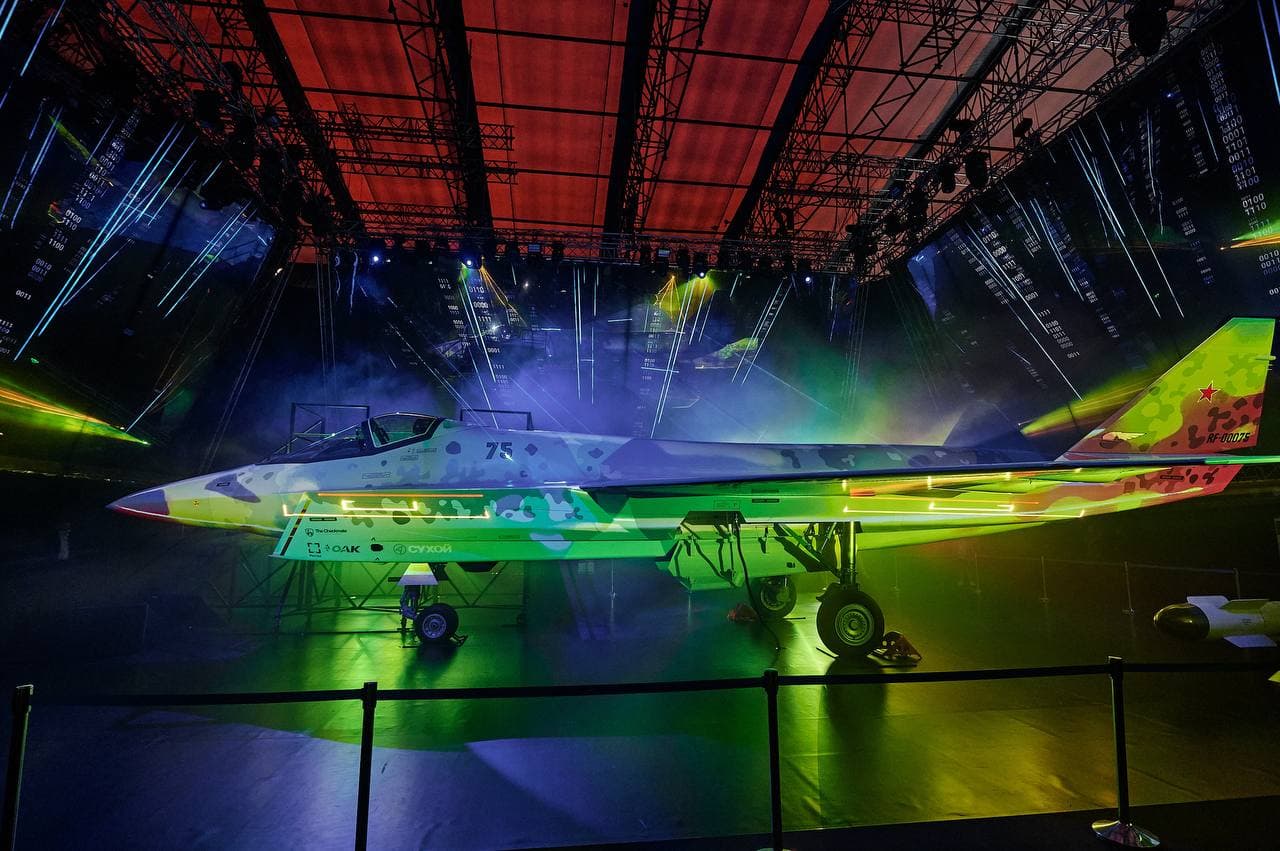
According to Russian sources, the Su-75 boasts modern avionics, a suite of technologies that includes powerful network-centric combat capabilities, and artificial intelligence (AI) advancements for the pilot.
Additionally, Rostec states that the single-engine stealth fighter would have an inboard compartment for airborne air-to-air and air-to-surface munitions. It can carry a payload of more than seven tonnes and can hit up to six targets simultaneously. The weapons will be carried in an internal weapons bay to enhance stealth. The aircraft is powered by the AL-41F1 engine that powers the Su-57.
A Russian expert earlier emphasized the suitability of working with foreign nations and taking a cue from Lockheed Martin’s F-35 program. The plan calls for global production cooperation, retaining important technology domestically while outsourcing other components and assembly to other nations. This turns those nations into markets and involves them in production.
The strategy is commercially sound since it effectively distributes spending and includes potential clients in the production-purchase process.
